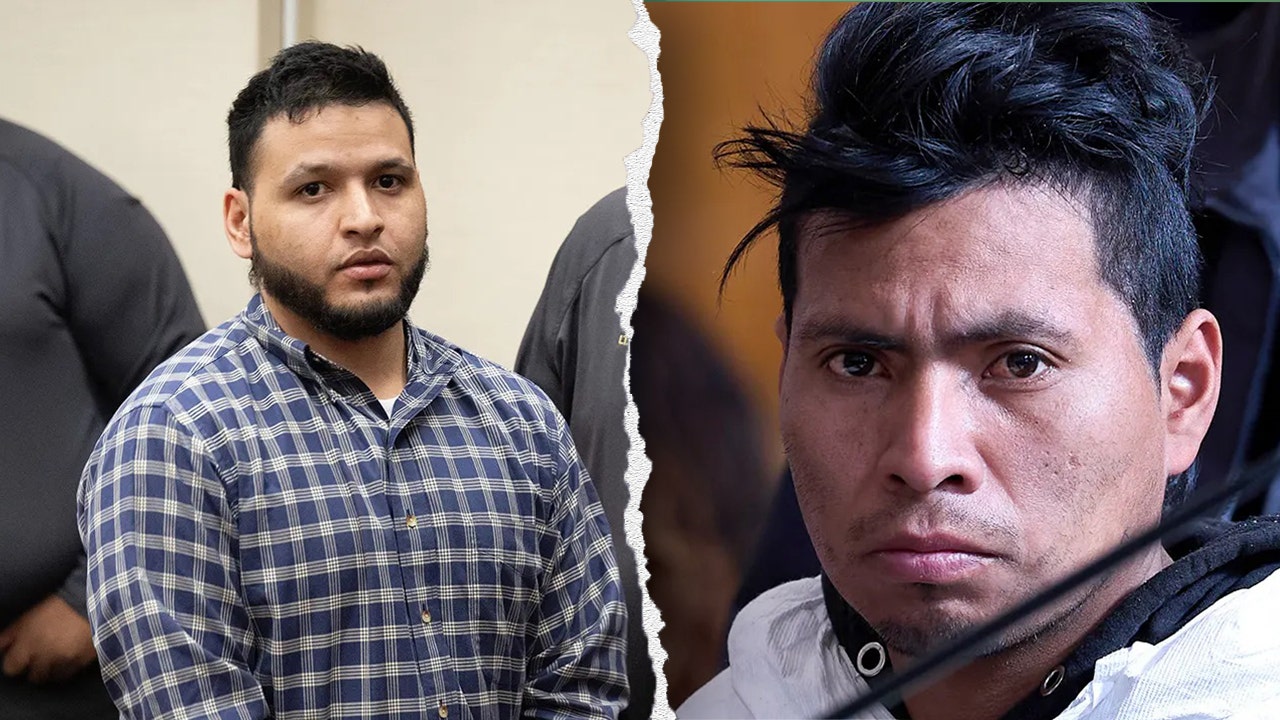The New York City subway system CEO disregarded growing safety concerns as 'in people's heads' amid rising fears of crime plaguing public transit.
Metropolitan Transportation Authority Chair and CEO Janno Lieber discussed congestion pricing and public safety on Bloomberg Surveillance Monday.
In recent weeks a homeless woman sleeping on a subway car was burned alive, an unsuspecting bystander was push into an oncoming train and several people were injured in a stabbing rampage.
Lieber insisted concerns over safety have been sensationalized and the agency should be focused on fare evasion.
'Some of these high-profile incidents, you know, terrible attacks have gotten in people's heads and made the whole system feel unsafe,' Lieber said.
'The overall stats are positive. Last year we were actually at 12 and a half percent less crime than 2019, the last year before COVID.'
When asked about implementing safety measures similar to those in our major public transit systems around the world like guardrails, Lieber said the MTA is prioritizing replacing turnstiles to prevent fare evasion.
'We put a billion dollars in our new capital program since fare evasion and this whole phenomenon has definitely accelerated post-COVID,' he said.
MTA CEO Janno Lieber (pictured) disregarded growing safety concerns as 'in people's heads' amid rising fears of crime plaguing public transit
On New Year's Eve, music programmer Joseph Lynskey, 45, was shoved into the path of an oncoming train at the 18th Street 1 Train station
Despite suffering from serious wounds including a cracked skull, four broken ribs and a ruptured spleen, Lynskey is expected to make a full recovery
'So we are going to start to replace all these turnstiles, which worked when I was a kid, but clearly are ineffective now for in the area that we're living in, we got to replace them.'
Lieber said the MTA has placed some barriers around the subway system but they can not accommodate high-tech guardrails.
'One complexity is those super high-tech barriers that you get in you know European train stations and the newer stuff literally are too heavy for the platform forms that our 100-year old system has,' he said.
'So we can't do that but we're going to start to accelerate these barriers so that anybody can position themselves so they feel safe on a subway platform.'
Outraged citizens called out Lieber for claiming concerns about safety are 'in people's heads,' given the recent string of high profile crimes.
'This is known as gaslighting,' one person said. 'Is he F'N kidding me,' said another.
A third person said, 'Getting lit of fire is definitely not in peoples heads.'
'People burned to death, shoved under a train while others have their lives threatened and have to watch riders use the train as a toilet is a figment of the imagination. That's an interesting line of BS. How do the riders feel about this,' said a fourth.
Debrina Kawam, a 57-year-old homeless woman from New Jersey, was set on fire and burned to death while she slept on a subway car
On New Year's Eve, music programmer Joseph Lynskey, 45, was shoved into the path of an oncoming train at the 18th Street 1 Train station by a masked assailant who fled the scene.
Despite suffering from serious wounds including a cracked skull, four broken ribs and a ruptured spleen, Lynskey is expected to make a full recovery.
His accused attacker, 23-year-old Kamel Hawkins, was eventually caught and arraigned on attempted murder and second-degree assault charges.
On Christmas Eve, two people were injured in Manhattan's Grand Central Station after a maniac went on a stabbing rampage.
Just days before, the Big Apple was stunned when a homeless woman was set on fire and burned to death while she slept on a subway car.
The victim was identified Tuesday by the NYPD as Debrina Kawam, a 57-year-old homeless woman from New Jersey.
She was allegedly set on fire by illegal immigrant Sebastian Zepeta, who cops said used a lighter before fanning the flames with his shirt.

 By Daily Mail (U.S.) | Created at 2025-01-06 22:05:15 | Updated at 2025-01-11 11:48:14
4 days ago
By Daily Mail (U.S.) | Created at 2025-01-06 22:05:15 | Updated at 2025-01-11 11:48:14
4 days ago







